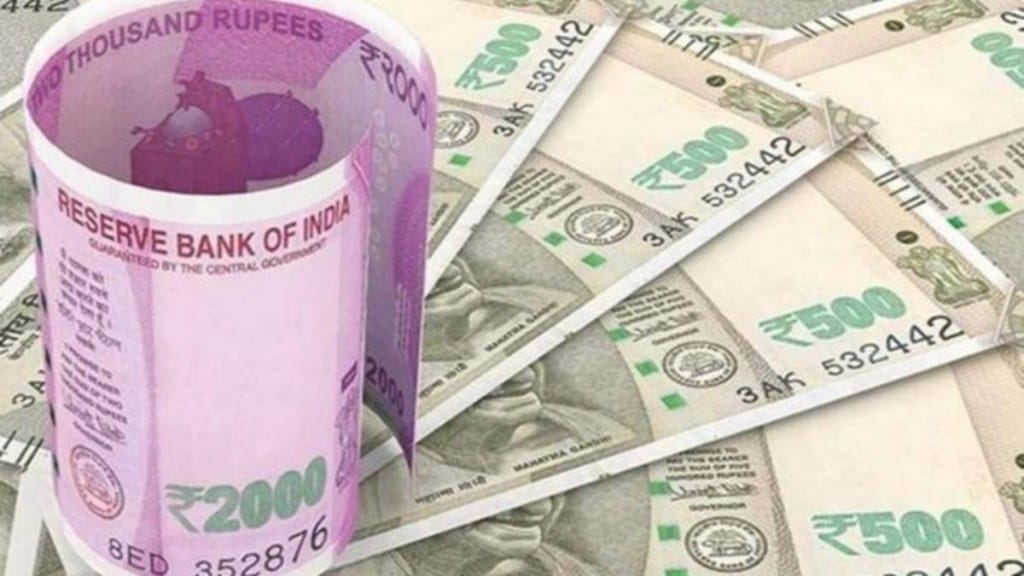In line with the center’s receipts and unchanged expenditure, Kotak Institutional Equities has revised its FY2024 GFP/GDP estimate to 6.1 per cent. “We expect dated securities borrowings to remain unchanged while T-bills borrowing could increase. We expect the yield curve to retain the flattening bias,” it said in a report. India’s fiscal deficit remained in check at 34 per cent of FY2024 estimates in 4MFY24 even as tax collections showed some signs of weakness, said the Kotak report. The pace of capital expenditure remained strong, it said, while revenue expenditure was in check. The report talked about the incipient signs of some fiscal stress as tax collection indicated some weakness.
The center’s receipts were at 29 per cent of FY24 estimates in 4MFY24, which was 1 per cent lower than 4MFY23. Gross tax revenue was 27 per cent of projected FY24 estimates, 3 per cent higher and net tax revenue was 25 per cent of FY2024BE (13 per cent lower). It further said that direct tax growth in 4MFY24 was at (-)1.8 per cent, mostly due to corporate tax growth of (-)10.4 per cent while income tax growth weakened to 5 per cent (July collections growth turned negative). Further, it said that excise revenues were at 22 per cent of FY2024BE (11% lower).
Expenditure in 4MFY24 was at 31 per cent of FY2024BE, 23 per cent higher than 4MFY23, supported by capital expenditure at 32 per cent of FY2024BE with 1) roads at 39 per cent of FY2024BE, 2) railways at 40 per cent of FY2024BE, and 3) capex loans to states at 26 per cent of FY2024BE. The report further said that the revenue spending picked up in July to 30 per cent of FY2024E, 16 per cent higher than 4MFY23 although this pace will slow down over the next few months.
Kotak Institutional Equities said that weak corporate tax collection despite robust listed companies’ profits remains worrying although this may pick up (based on how refunds and unlisted companies’ payment pan out). “RBI’s surplus transfer will help in offsetting only part of the likely shortfalls in tax revenues and divestment. Risks also exist from higher welfare spending given the busy election cycle. We revise our FY2024 GFD/GDP estimate to 6.1 per cent penciling in 1) slippage of Rs 270 bn in receipts factoring in around slippage of Rs 900 bn in tax revenues (around Rs 600 bn in net tax revenues) and slippage of around Rs 200 bn in divestment, 2) unchanged expenditure while assuming some re-prioritization and switching of expenditure in the run-up to elections, and 3) marginal upside due to lower-than-budgeted nominal GDP growth.”


